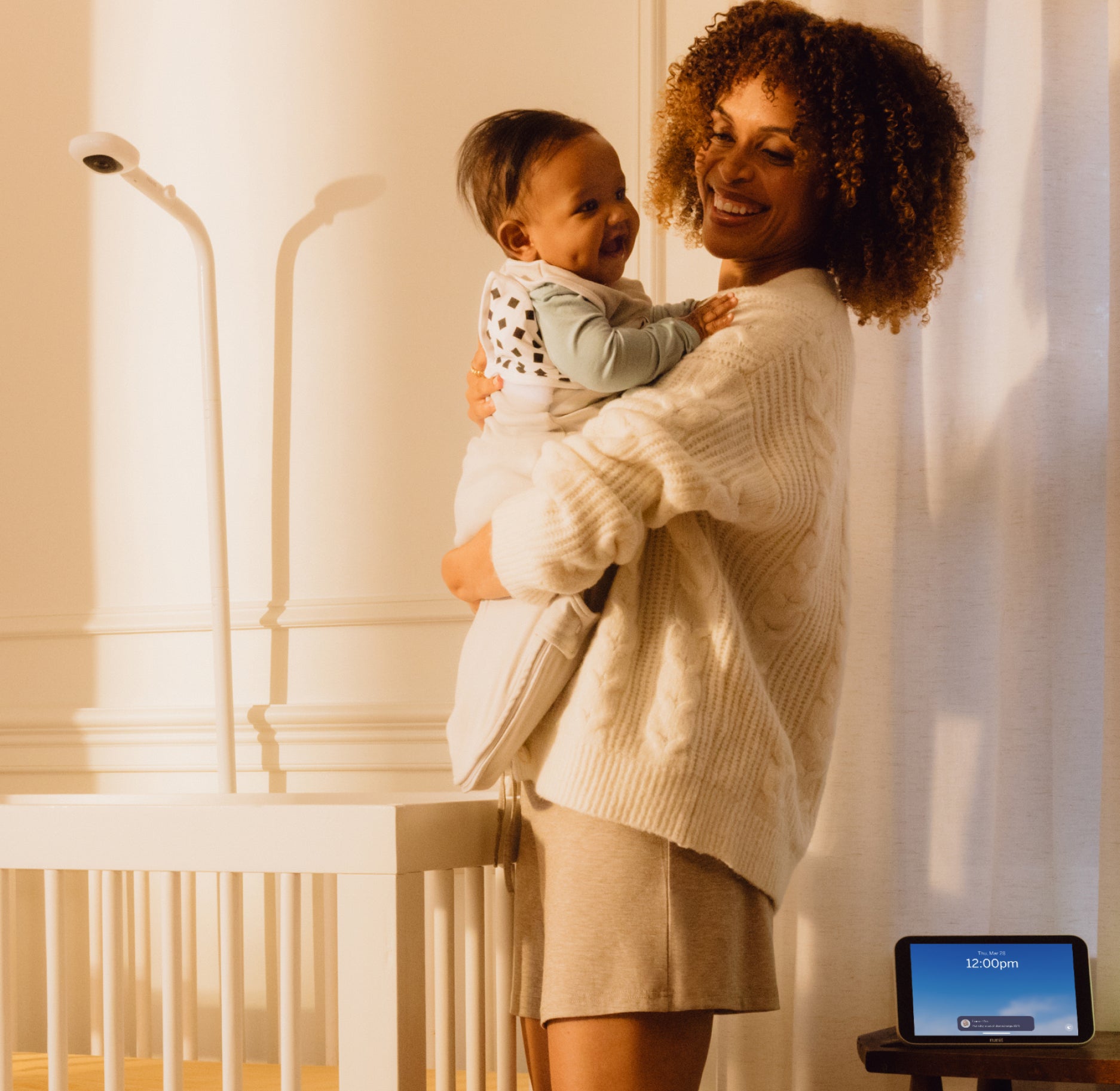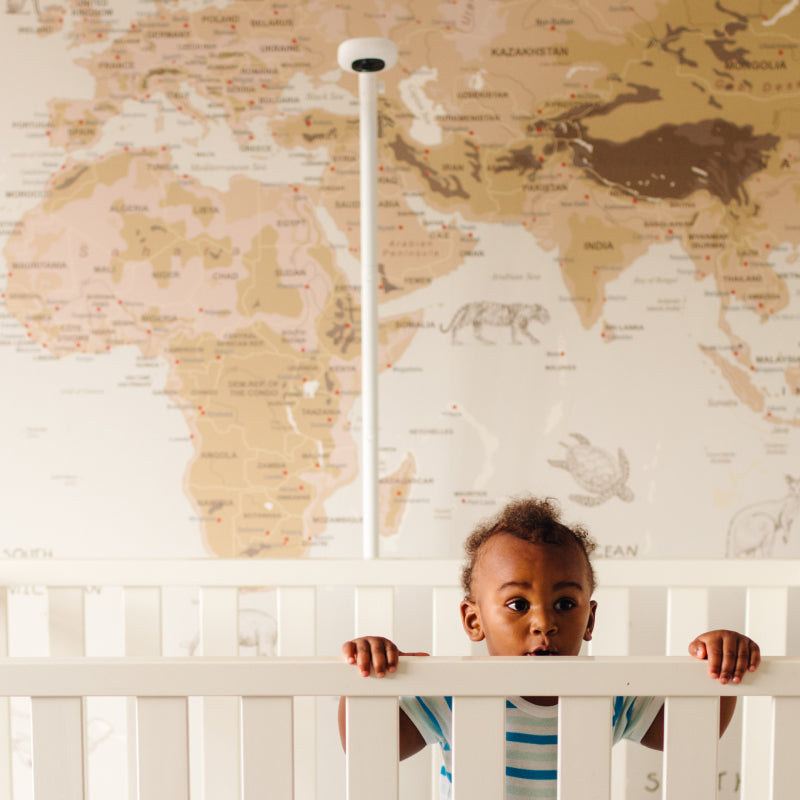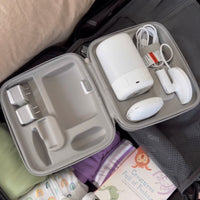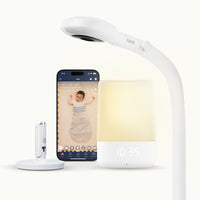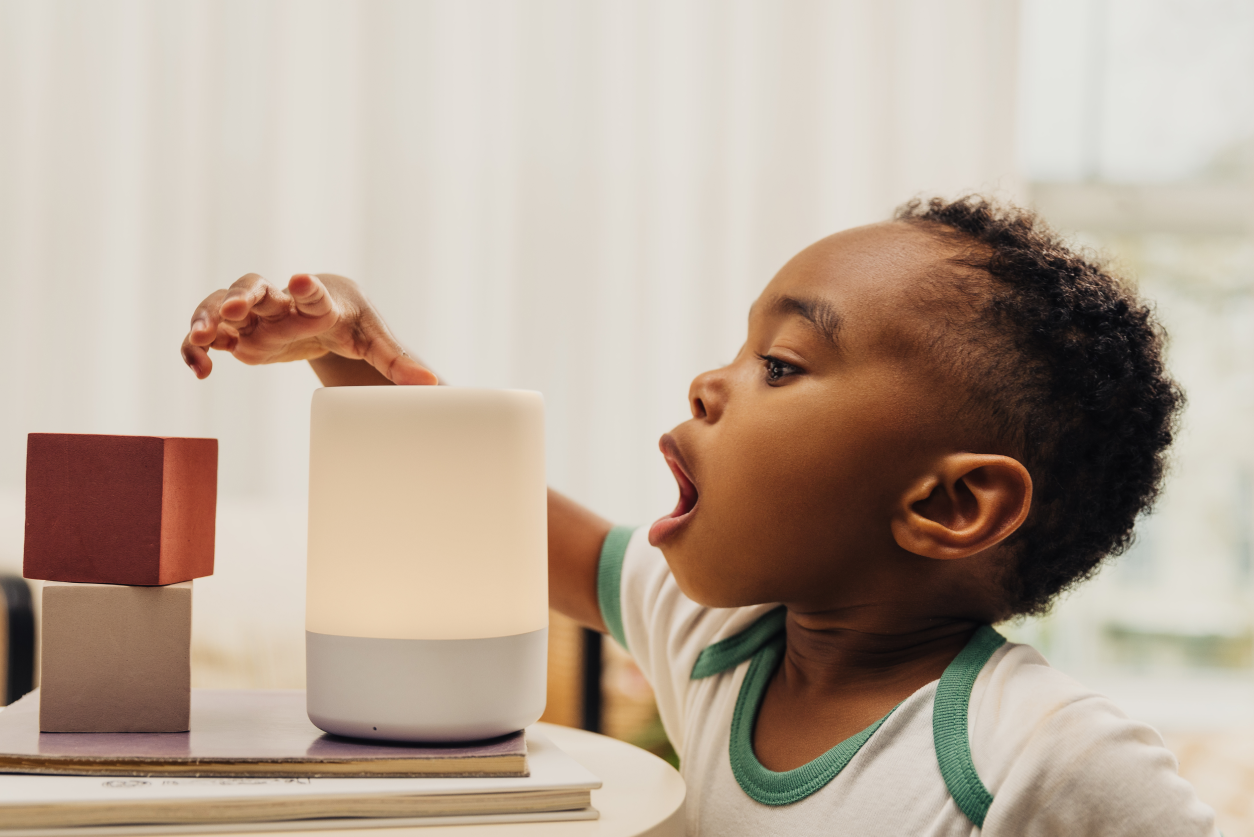Once upon a time, screen time for toddlers was a topic we didn’t have to think much about. But here we are in the digital age, where screens are everywhere—our pockets, our living rooms, and even on the toys that our kids play with. For modern parents, the question isn’t just if toddlers should have screen time, but how much and what kind of screen media they should be exposed to. In this screen-saturated world, how do we navigate the tricky terrain of screen exposure with young children while keeping our sanity intact? Let’s dive into the reality of toddler screen time, debunk the myths, and explore how to find that elusive balance that works for you and your little one.
The Screen Time Dilemma: Why It’s So Complicated
Let’s be real—screens have become an integral part of our lives, and like it or not, they’re here to stay. But when it comes to our young kids, the stakes feel higher. We’ve all heard the horror stories: too much screen usage can lead to everything from language development delays to attention issues, not to mention a future of digital dependency. On the other hand, we also know the reality of parenting in the 21st century: sometimes, you just need to finish that Zoom call, or have five minutes to sip your coffee in peace. The truth? It’s all about balance and intention.
The Good, The Bad, and The Balanced
The key to navigating daily screen time isn’t about completely banning screens or giving in to them as the ultimate babysitter. Instead, it’s about understanding the pros and cons, and making screen usage a deliberate part of your family’s day.
The Good: Screens as a Learning + Connecting Tool
Believe it or not, not all screen time is created equal. When used wisely, screens can actually be a fantastic learning tool for toddlers. Educational apps and shows designed with child development in mind can help teach everything from letters and numbers to communication skills. Shows like Sesame Street have been doing this for decades—so yes, your toddler can learn something valuable from screen time.
Interactive apps that engage your child in problem-solving or creative thinking are the best uses of toddler screen time. The key is to choose content that’s age-appropriate and encourages active rather than passive engagement. And hey, there’s nothing wrong with a little fun mixed in—just because something is educational doesn’t mean it can’t be entertaining. It’s also doubly beneficial if you’re involved in their screen time engagement.
Another benefit to screens is the ability to turn distant relatives into familiar faces and bring faraway hugs a little closer. Video chat, like FaceTime, is a total game-changer for our little ones. How about that moment when your toddler lights up at the sight of grandma’s face? Or gets to chat with their cousins across the country? It’s pure gold. Screens can actually help build those precious connections. So, go ahead and embrace the magic of video chats. Because screens, when used wisely, can mean more love for our kiddos — and that’s a win in any parent’s book.
The Bad: The Risks of Overdoing It
While there are benefits to toddlers and screentime, excessive screen time, especially passive viewing of TV shows or videos, can have an impact on early childhood development. Too much screen time has been linked to disrupted sleep patterns and delays in language and social skills. The latest study coming out of Nanit Lab in collaboration with UCLA and Yale shows that babies who had electronics like a smartphone or tablet at bedtime slept 25 minutes less at night than babies who did not. The American Academy of Pediatrics recommends no more than one hour of screen time per day for children aged two to five, with a focus on high-quality programming.
Also, let’s not forget that without proper supervision and restriction, kids can have access to inappropriate content. All parents and caregivers should oversee their children’s screen time use and manage consent preferences. Just remember, toddlers learn best by exploring the world around them—touching, tasting, and moving. When screen time cuts into time spent playing with blocks, running around outside, interacting with others, and sleeping, that’s when it can be problematic.
The Balanced: Finding What Works for Your Family
The reality is that every family is different, and what works for one might not work for another. The goal isn’t to eliminate screen time entirely, but to use it in a way that complements your child’s development rather than detracting from it. Here’s how you can strike that balance:
- Set Clear Limits: Establishing screen time rules early on can help prevent overuse. Whether it’s one episode of a favorite show after breakfast or a 20-minute interactive app session in the afternoon, having set times for screen use helps create boundaries.
-
Choose Quality Content: Be selective about what your child is watching or playing. Look for content that is children age-appropriate, educational, and encourages active participation. Apps that require your child to think, solve problems, or create are great choices.
Co-View When Possible: Watching or playing alongside your child can make screen time a more interactive experience. It also gives you the opportunity to discuss what they’re watching or playing, reinforcing learning and helping them make connections to the real world. - Balance Screen Time with Real-World Activities: Make sure screen time is just one part of a well-rounded day. Balance it with plenty of time for physical play, outdoor activities, reading, and social interaction. Screens should be a supplement, not the main course.
- Be a Role Model: Our toddlers learn by watching us, so it’s important to model healthy screen habits. If your child sees you constantly on your phone, they’re likely to want to do the same. Set a good example by limiting your own screen time when you’re with your child.
The Role of Guilt in Screen Time Decisions
Let’s take a moment to talk about parental guilt because toddlers and screen time often bring it out in full force. We all want to do what’s best for our kids, and sometimes that means feeling guilty for letting them watch one too many episodes of Paw Patrol so we can catch up on laundry or get through a long day of travel. But here’s the thing: guilt doesn’t help anyone. The fact that you’re thinking about how much screen time your toddler is getting means you’re already doing a great job.
There will be days when screen time is a lifesaver, and that’s okay. What matters most is the big picture—creating a balanced environment where screen time is just one of many activities your child engages in.
Embrace the Digital World, But Don’t Let It Take Over
We’re raising our kids in a world where screens are everywhere, and trying to avoid them entirely isn’t realistic—or necessary. The goal is to embrace the benefits that screens can offer, while being mindful of the potential downsides. By setting limits, choosing quality content, and balancing screen time with other activities, you can ensure that your toddler’s screen time is a positive part of their day.
Just remember not to panic the next time a parenting expert comes out with yet another study on the detriments of screen times. According to economist Emily Oster, many of the studies around screen time are deeply flawed in that they can establish correlations between screen exposure and outcomes but cannot establish causality. She looks at it economically in terms of opportunity cost. In the case of screens, the opportunity cost of screen time is the other activities your child would be doing, like playing or sleeping. To the extent that screens get in the way of that, they do have a cost. That doesn’t mean that they shouldn’t be used.
At the end of the day, screen time is just another tool in your parenting toolbox. Use it wisely, and it can be a great way to enrich your child’s life—without taking over. So go ahead, let your toddler watch that episode of Bluey while you finish your coffee. Just try to balance it out with a trip to the park afterward. Because in this digital age, it’s all about balance. Just remember, you’ve got this.



